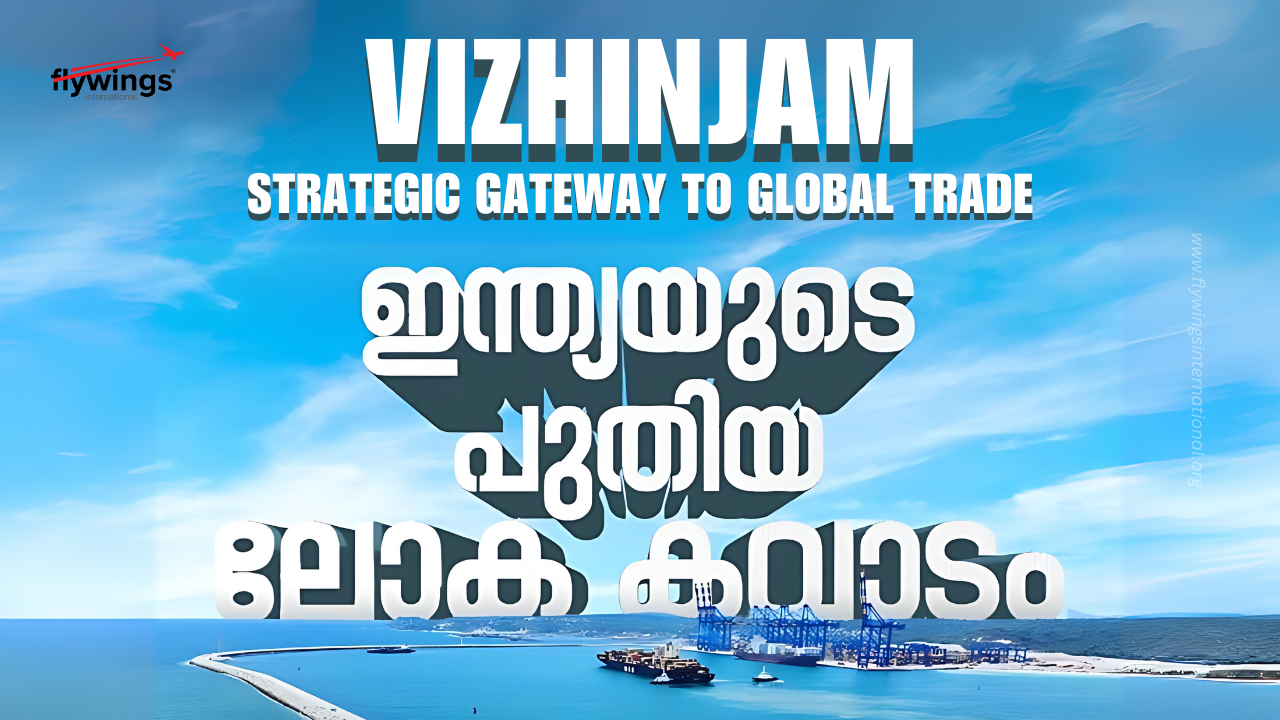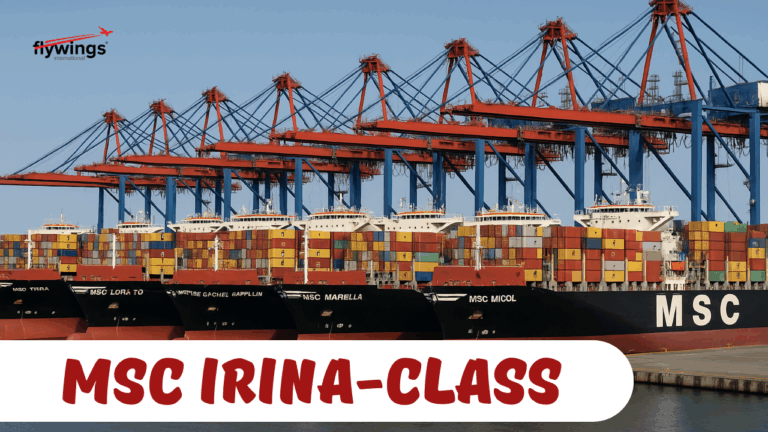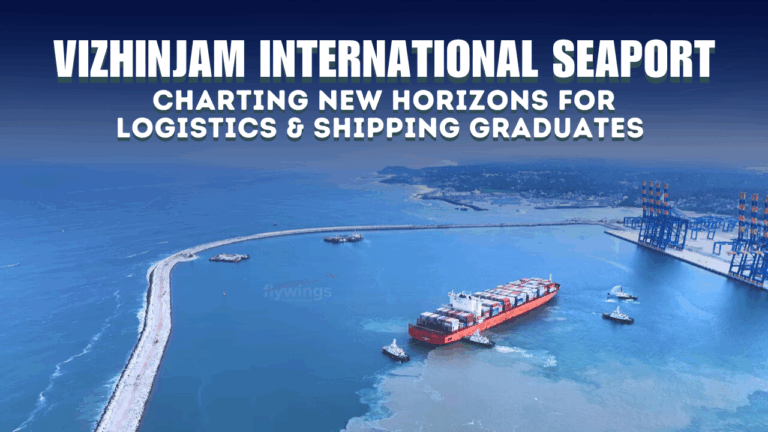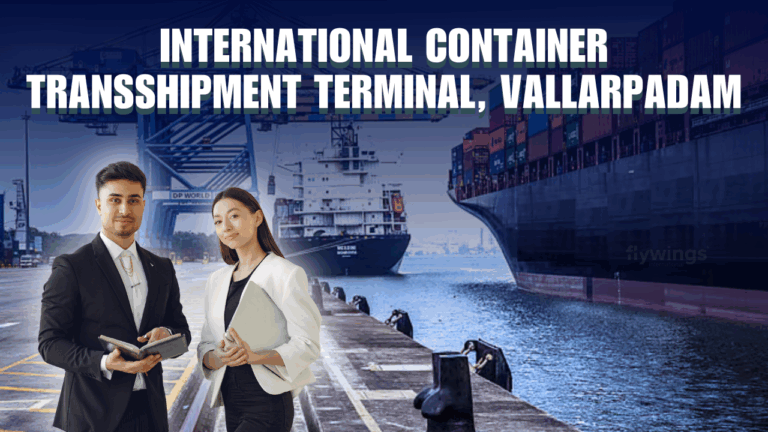Vizhinjam International Seaport (VISL): Transforming India’s Maritime Future
Introduction to Vizhinjam International Seaport (VISL)
The Vizhinjam International Seaport (VISL), located near Thiruvananthapuram in Kerala, is quickly emerging as one of India’s most important maritime infrastructure projects. Designed as a deep-water, all-weather container transshipment terminal, this port is expected to reshape Kerala’s economy and significantly improve India’s presence in the global shipping and logistics landscape.
Geographic Advantages of Vizhinjam International Seaport (VISL)
Vizhinjam’s location offers unique advantages that make it a strategic hub for international trade:
- Close to Major Shipping Routes
Just 10 nautical miles from the busy east-west international shipping line, it allows faster access for container ships. - Natural Deepwater Port
With a natural depth of over 20 meters, Vizhinjam can host the world’s largest container ships without the need for major dredging. - Year-Round Operations
Unlike many Indian ports, Vizhinjam is naturally protected from harsh weather, enabling uninterrupted port activities throughout the year. - Near Key Global Ports
Its proximity to global ports like Colombo, Dubai, and Singapore makes it ideal for transshipment, saving time and reducing operational costs.
Importance in Indian and Global Maritime Trade
India has traditionally depended on international ports such as Colombo and Singapore for its container transshipment needs. Vizhinjam aims to bring this traffic back to Indian shores, saving billions in foreign exchange.
Key Benefits of Vizhinjam International Seaport:
- Reduced dependency on foreign ports
- Improved turnaround time for import/export cargo
- Greater trade efficiency and cost savings
- Support for national initiatives like Sagarmala and Make in India
Once fully operational, Vizhinjam will be a game-changer in maritime logistics, directly linking India with Africa, the Middle East, Southeast Asia, and beyond.
Career Opportunities for Students in Shipping and Logistics
The rise of Vizhinjam Seaport brings huge career potential for students and professionals in logistics and shipping.
In-Demand Fields:
- Port and terminal operations
- Container and customs handling
- Freight forwarding and cargo coordination
- Maritime logistics and planning
- Warehousing and inland distribution
As investment pours into the region, companies are actively looking for trained professionals. Students enrolled in Shipping & Logistics courses can gain real-world exposure, internships, and strong career prospects in this growing sector.
Job Creation and Economic Growth
The port’s development is expected to create thousands of direct and indirect jobs.
Roles in Demand:
- Port operations and administrative support
- Cargo and equipment handling
- IT and technical systems management
- Surveillance and security services
- Transport and logistics coordination
Jobs will not be limited to the port itself. Opportunities will also arise in logistics parks, warehouses, cold storage hubs, and regional transport networks.
Economic Impact
For Kerala:
- Boost to state GDP
- Increased export capacity
- Surge in foreign investment
- Establishment as a regional logistics hub
For India:
- Reduced logistics costs
- Increased efficiency in global trade
- Larger share in container traffic
- Expanded employment in the maritime sector
Conclusion
The Vizhinjam International Seaport is not just a port—it’s a transformative economic engine. It strengthens India’s role in global maritime trade and unlocks new career pathways for students and professionals in the shipping and logistics industry.
Whether you’re starting your education or looking to grow in your career, Vizhinjam offers an exciting opportunity to be part of an industry driving change and innovation.
📌 Be part of India’s next big leap in global trade. Vizhinjam is not the future—it’s the now.







